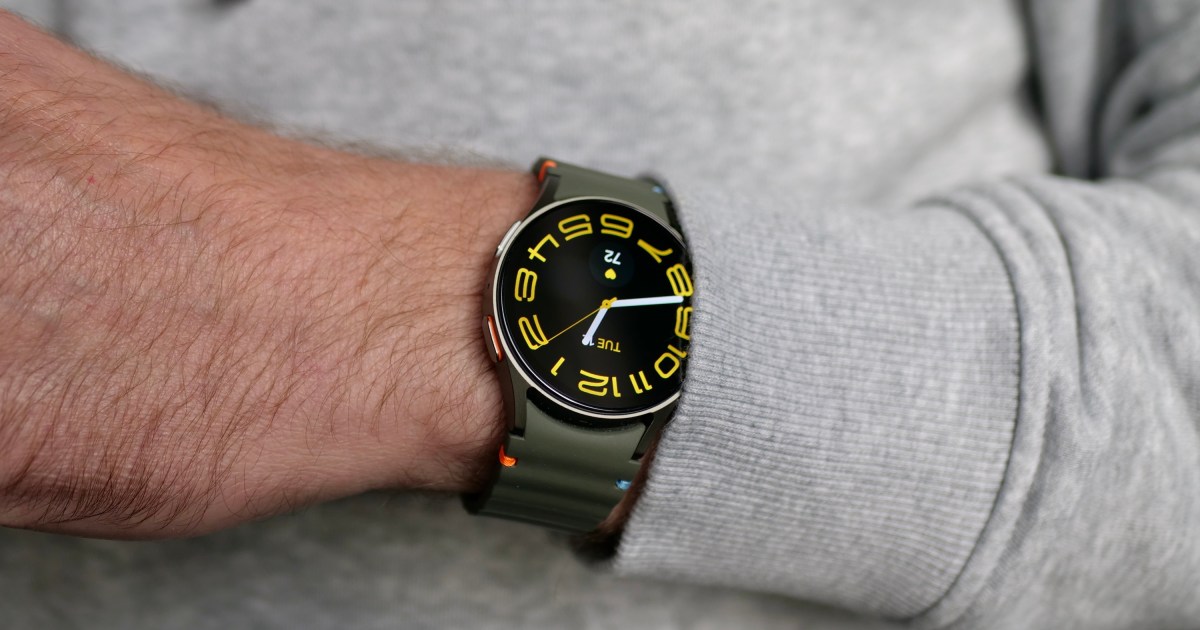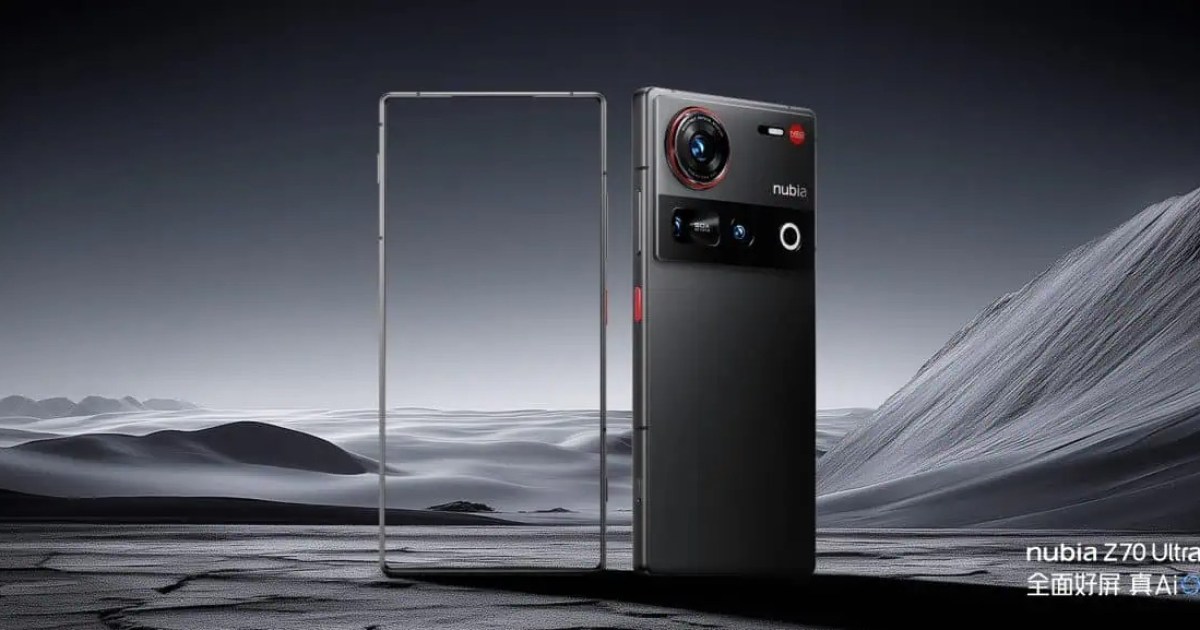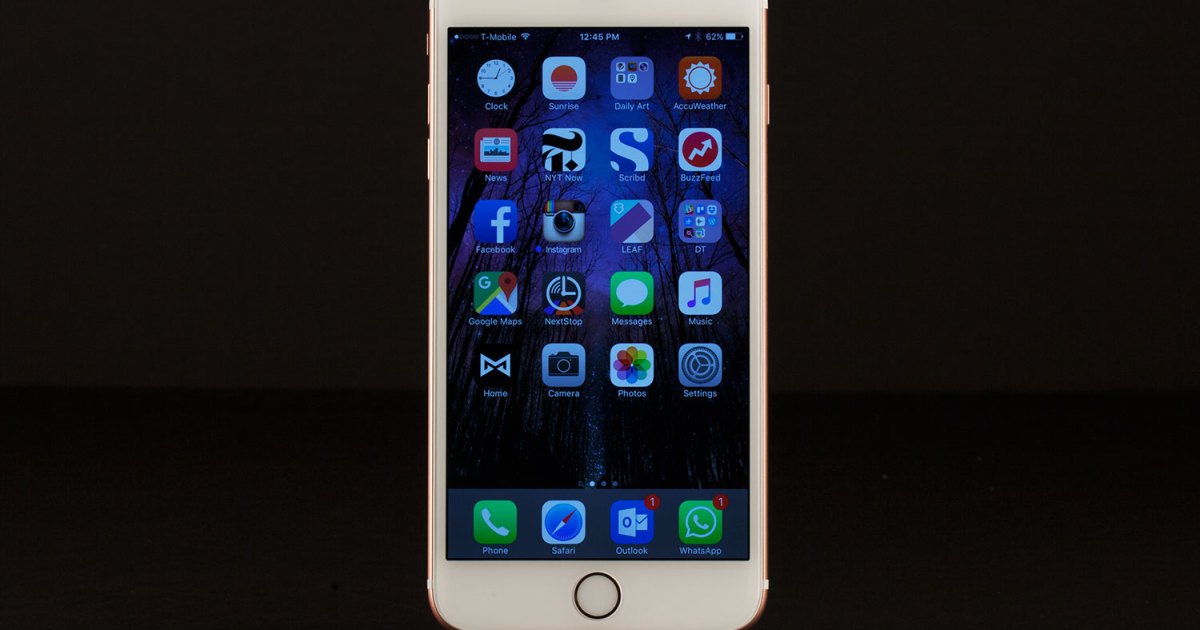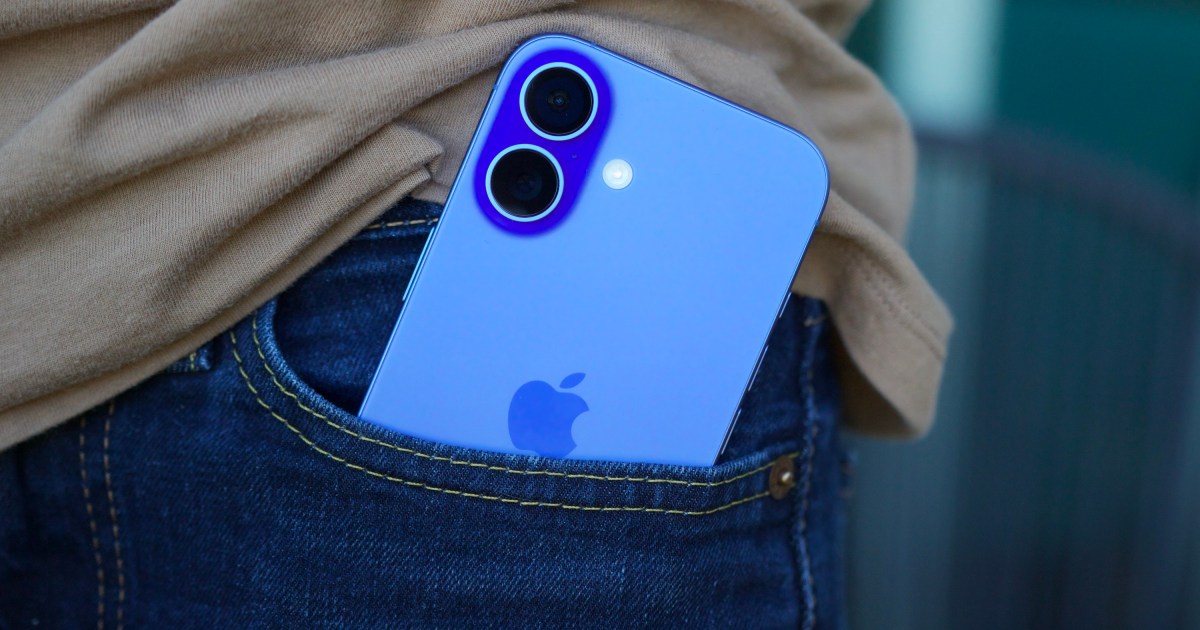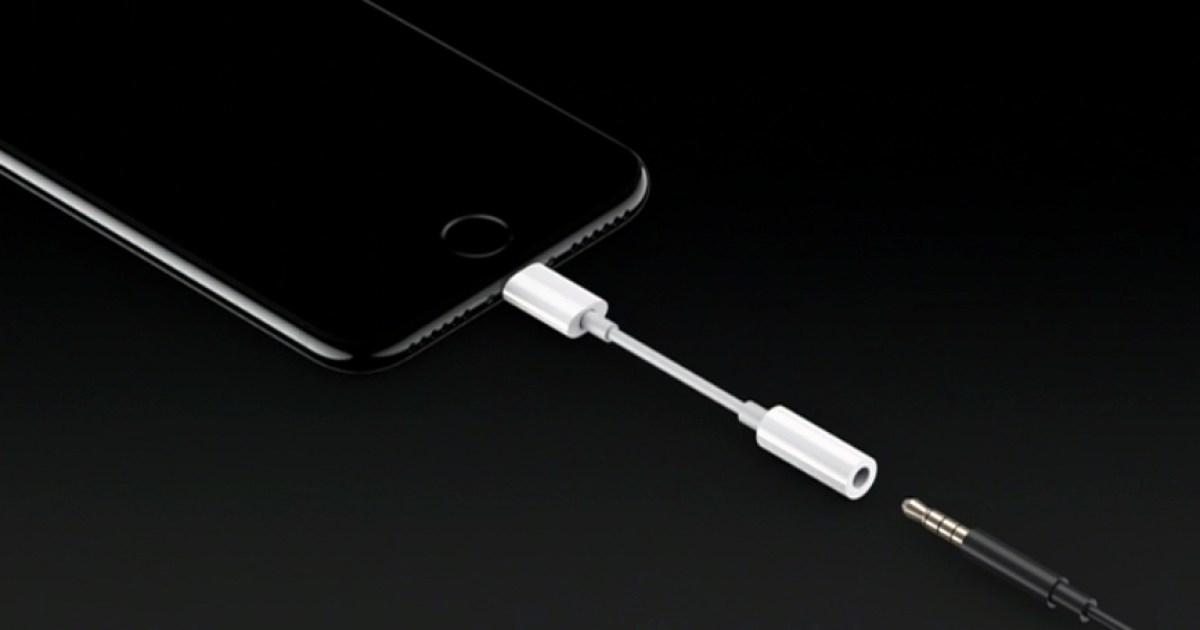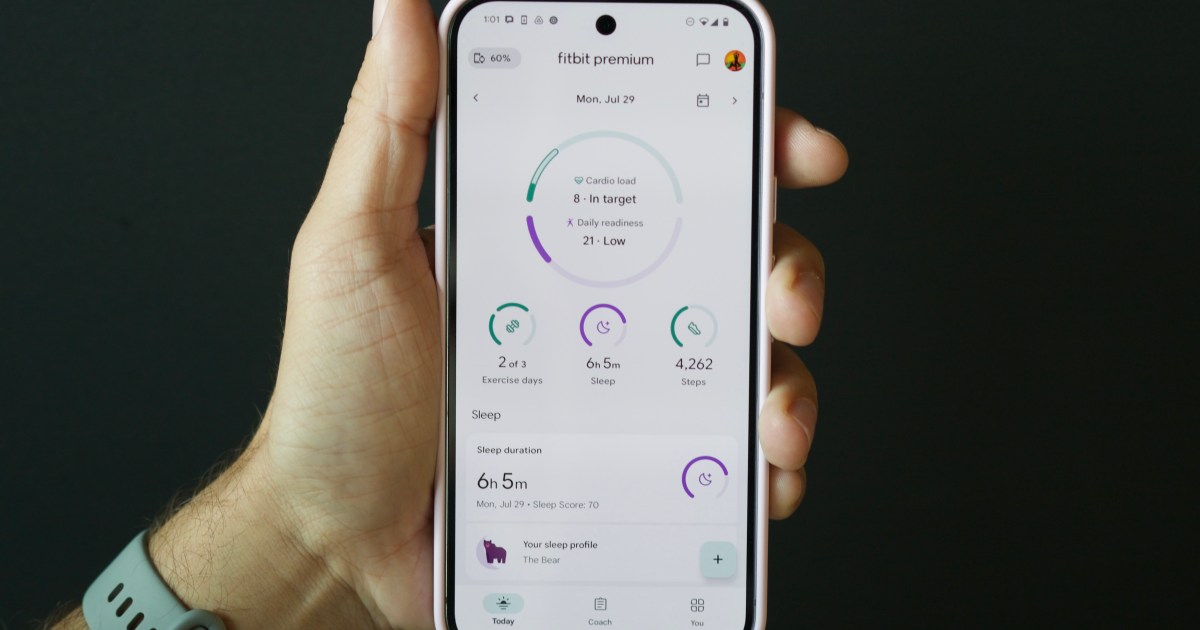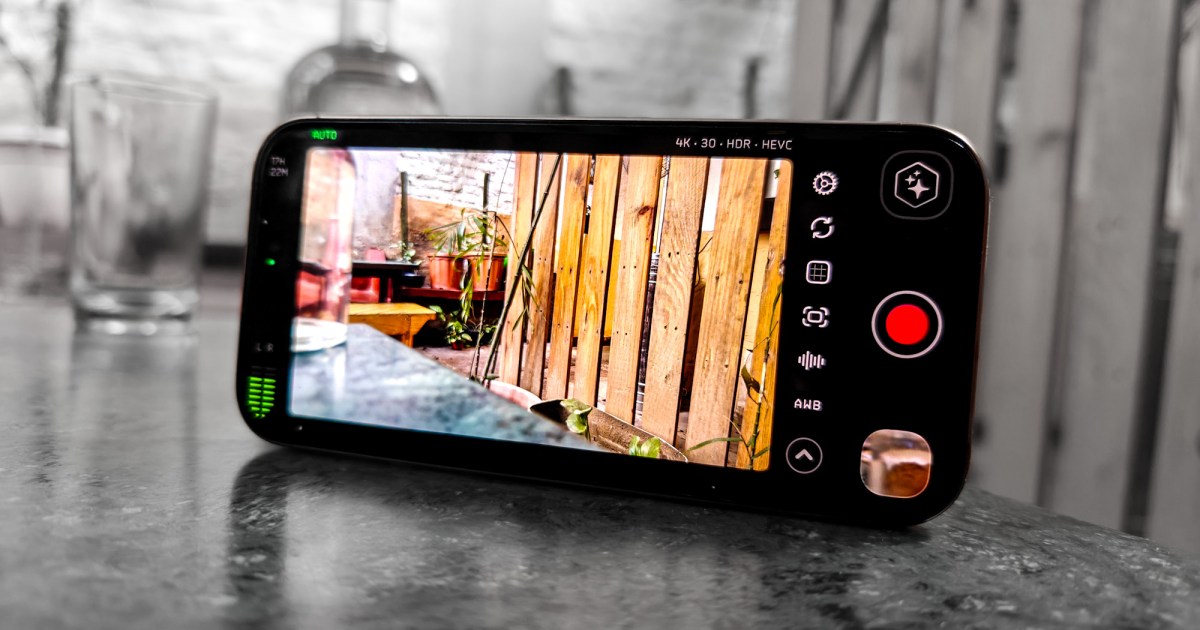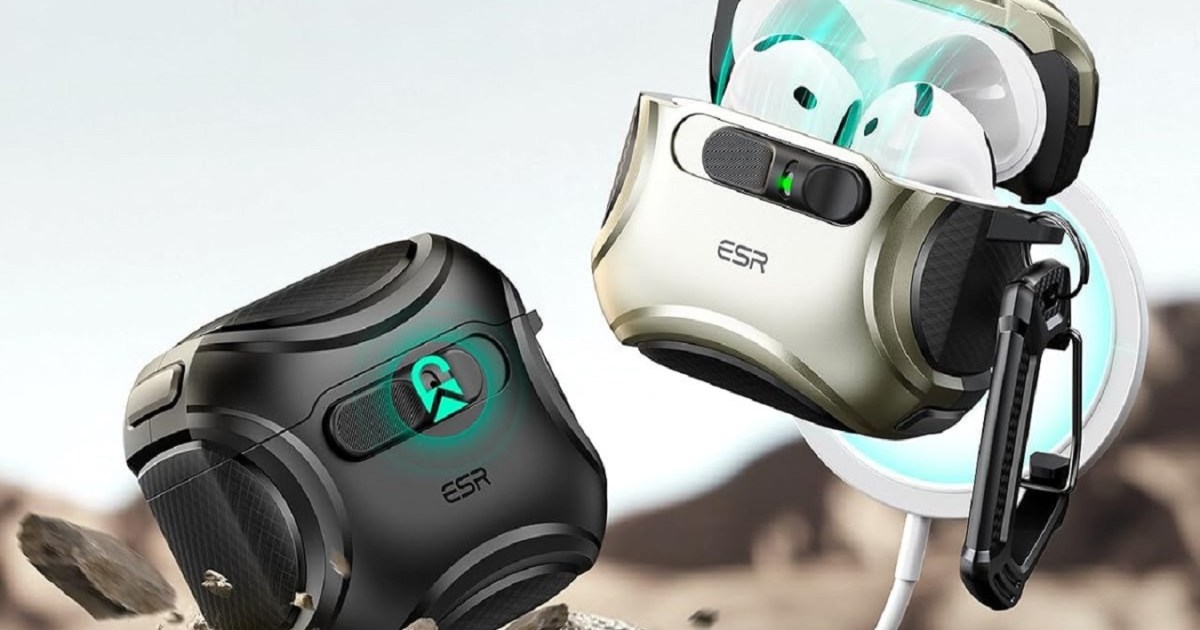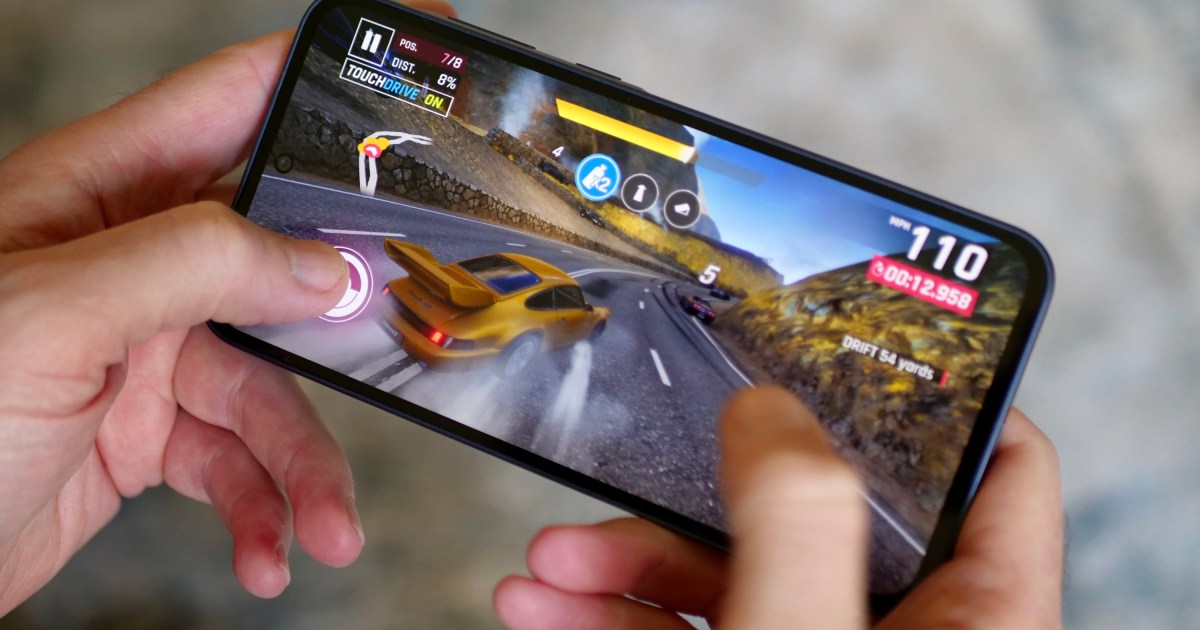I’ve always preferred large smartwatches. When I reviewed the Samsung Galaxy Watch 7, I opted for the 44mm model and was satisfied. However, trying the 40mm version gave me a new perspective on size and comfort. Surprisingly, smaller proved superior for the Galaxy Watch 7.
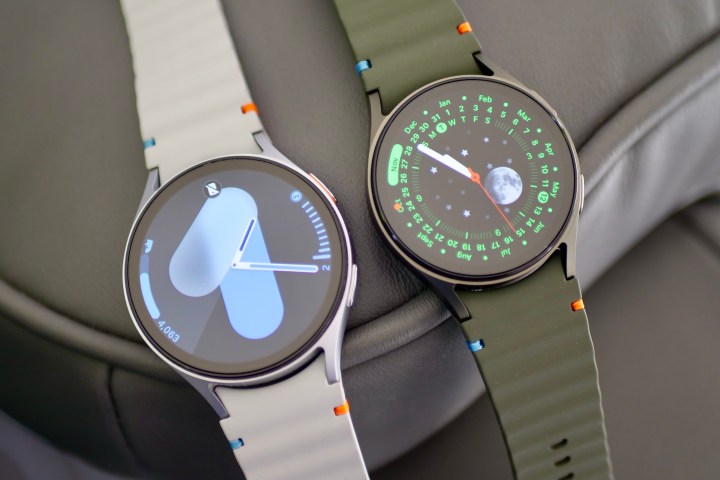 The Samsung Galaxy Watch 7 in both 44mm and 40mm sizes.
The Samsung Galaxy Watch 7 in both 44mm and 40mm sizes.
A mere 4mm difference might seem insignificant, but it’s noticeable when comparing the two Galaxy Watch 7 sizes. The 40mm version appears more refined and proportionally balanced. Unlike the 44mm, its case doesn’t extend beyond the strap’s natural curve. It avoids the overly small appearance of watches like the Google Pixel Watch and Pixel Watch 2.
The weight difference, though slight (51g for the 40mm with rubber strap versus 57g for the 44mm), contributes to the 40mm’s discreet presence on the wrist. This makes it less cumbersome under long sleeves or during sleep.
Size and Comfort Comparison: 40mm vs 44mm Galaxy Watch 7
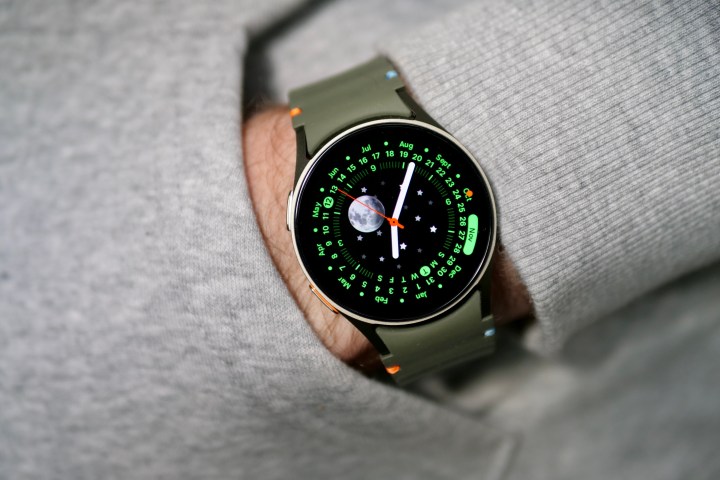 A person wearing the 40mm Samsung Galaxy Watch 7.
A person wearing the 40mm Samsung Galaxy Watch 7.
- 40mm Samsung Galaxy Watch 7
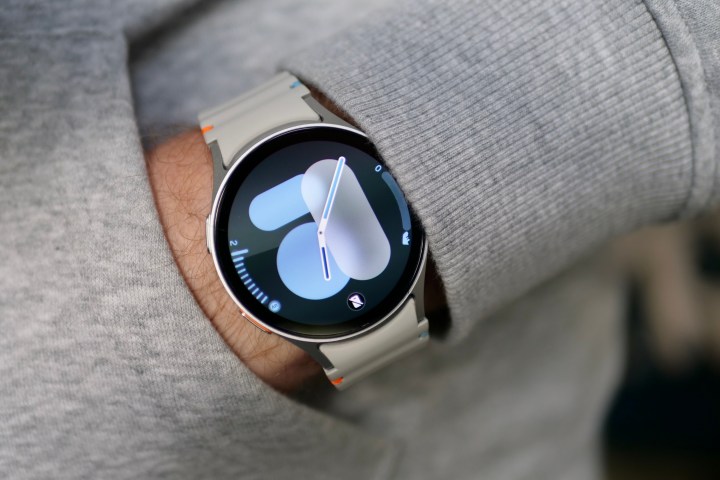 A person wearing the 44mm Samsung Galaxy Watch 7.
A person wearing the 44mm Samsung Galaxy Watch 7.
- 44mm Samsung Galaxy Watch 7
Both sizes come with a durable, adjustable rubber strap. However, the 40mm’s strap is slightly shorter, with a “tail” about an inch less than the 44mm version. This seemingly small detail significantly impacts comfort.
Enhanced Comfort with the 40mm Model
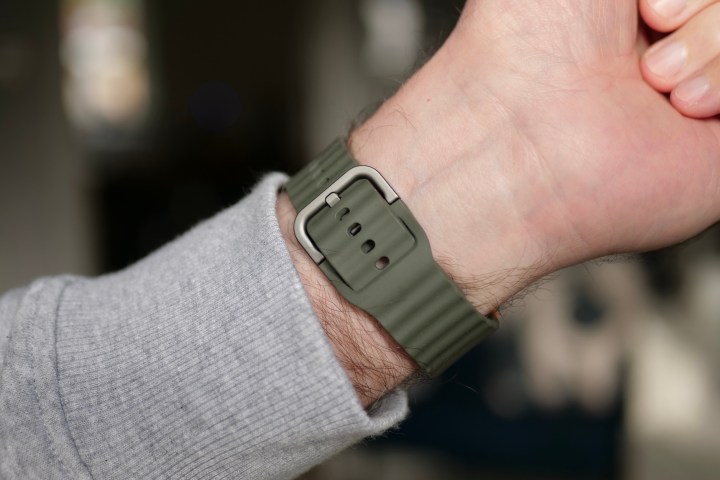 A person wearing the 40mm Samsung Galaxy Watch 7, showing the strap.
A person wearing the 40mm Samsung Galaxy Watch 7, showing the strap.
While larger wrists might prefer the longer strap, the shorter strap on the 40mm version is ideal for smaller wrists. With my 6.5-inch wrist, the 44mm strap’s excess length tucked under the clasp created discomfort and heat. The 40mm strap eliminates this issue, providing a perfect fit with minimal overhang. The straps are interchangeable, offering flexibility for those who prefer the larger case but need a shorter strap. This improved comfort is particularly noticeable during sleep.
Sleep Tracking and Battery Life Concerns
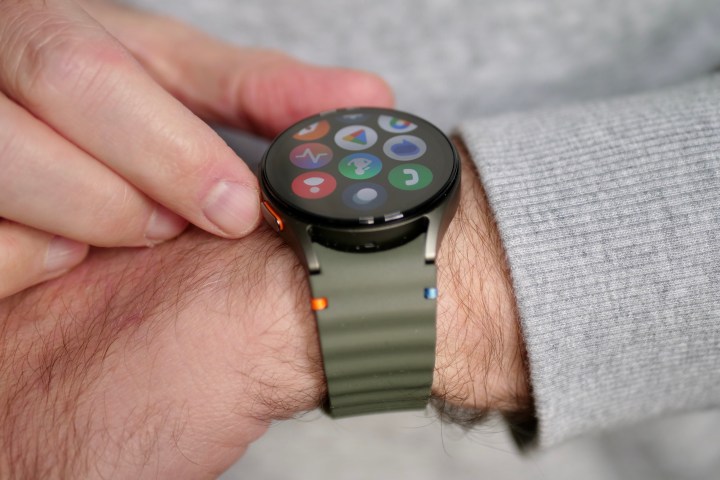 A person wearing the 40mm Samsung Galaxy Watch 7 using apps.
A person wearing the 40mm Samsung Galaxy Watch 7 using apps.
The 40mm Galaxy Watch 7 is a suitable sleep tracker, offering comprehensive data within the Samsung Health app, including Sleep Score, sleep stages, blood oxygen levels, and more. However, comparisons with the Oura Ring 4 revealed discrepancies in sleep stage and duration data. While the Oura Ring’s data seemed more aligned with my subjective experience, the Galaxy Watch 7’s data was still informative. The automatic workout tracking feature accurately recorded my exercises.
Battery Life: A Persistent Issue
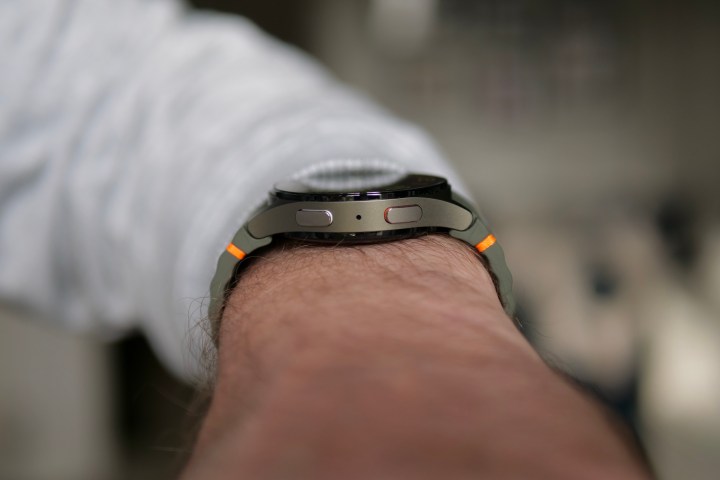 A person wearing the 40mm Samsung Galaxy Watch 7, showing the buttons.
A person wearing the 40mm Samsung Galaxy Watch 7, showing the buttons.
Unfortunately, both the 40mm and 44mm versions share the same battery life shortcomings. A single charge barely lasts through a night’s sleep, a full day of use, and one tracked workout. Heavy usage, including app usage and notifications, further reduces battery life. This necessitates frequent charging, especially for continuous sleep tracking.
Final Verdict: 40mm Wins Despite Battery Limitations
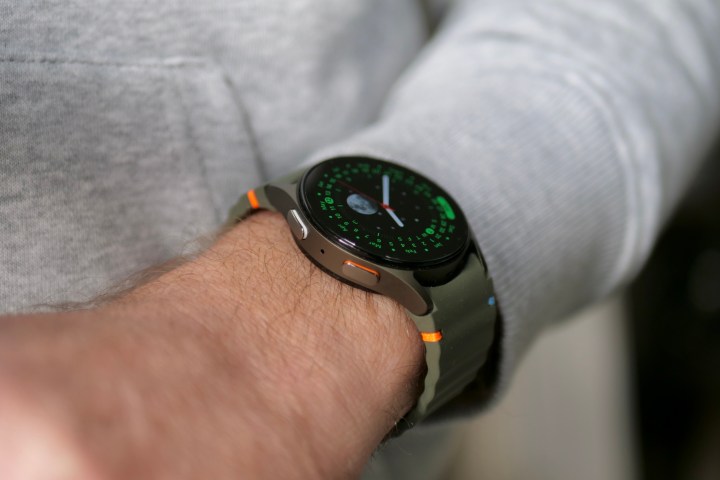 A person wearing the 40mm Samsung Galaxy Watch 7.
A person wearing the 40mm Samsung Galaxy Watch 7.
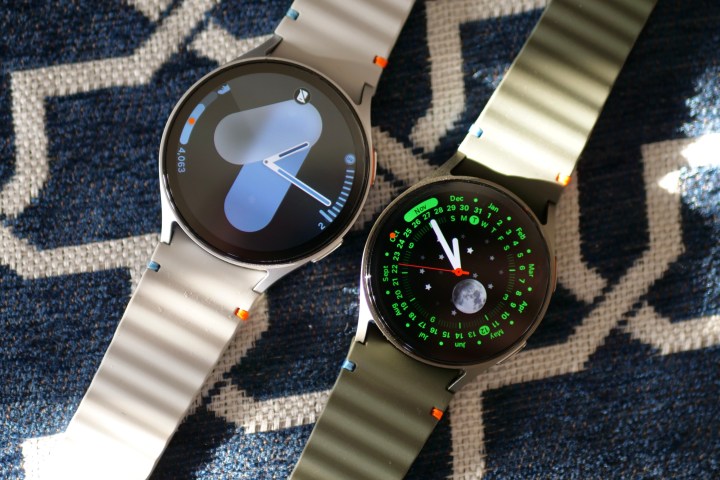 The Samsung Galaxy Watch 7 in both 44mm and 40mm sizes.
The Samsung Galaxy Watch 7 in both 44mm and 40mm sizes.
The limited battery life demands careful usage and charging planning, a drawback compared to the Apple Watch Series 10’s superior battery performance. Despite this, the 40mm Galaxy Watch 7’s enhanced comfort and wearability make it the preferred choice for me. It functions seamlessly with non-Samsung phones, providing all essential features. While the battery life is a concern, it doesn’t overshadow the overall positive experience.
If you’re considering the Galaxy Watch 7, don’t underestimate the 40mm model. Its smaller size translates to greater comfort, especially for smaller wrists, making it potentially the ideal choice.



